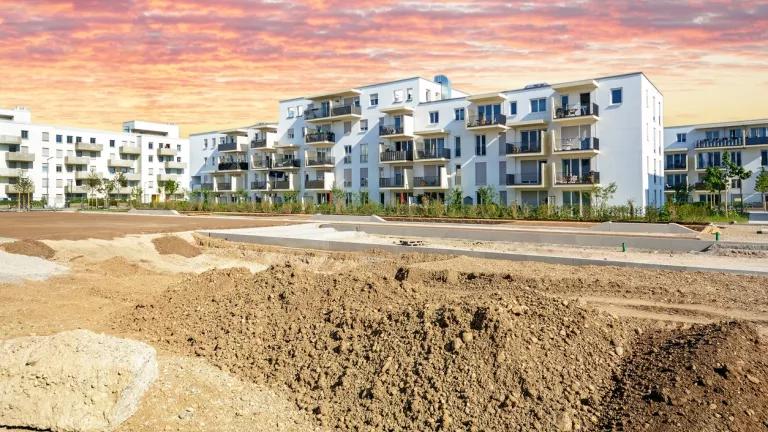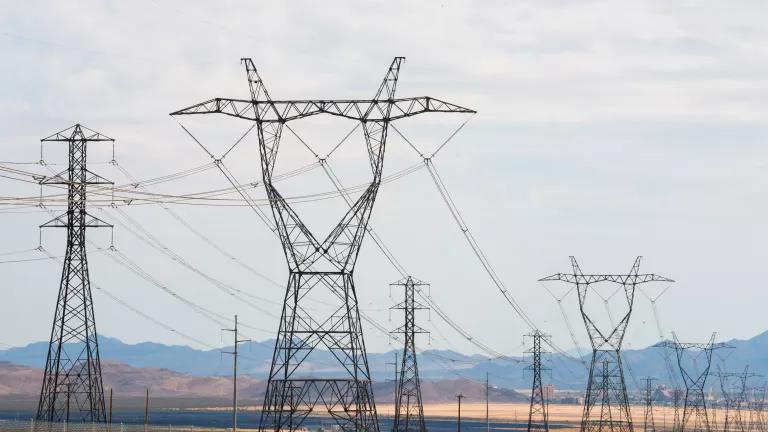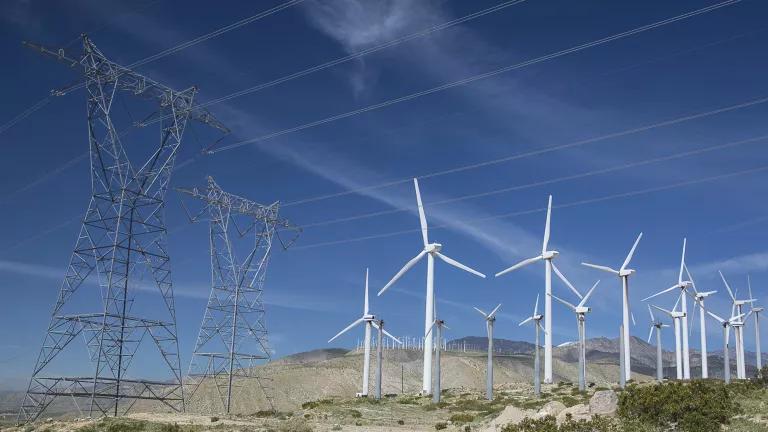Building for “a Climate Damn Emergency”
The California Energy Commission is working on its 2022 update to the state building code, which encourages all-electric new construction. NRDC and a broad coalition supports the CEC's direction, but asks it to go further to help fight the climate crisis.

The California Energy Commission (CEC) is working on its 2022 update to the state building code which creates the minimum energy performance requirements for new homes and other buildings. NRDC and a broad coalition of California businesses, environmental NGOs, architects, and engineers sent a letter to the state administration last week supporting the direction of CEC’s latest proposal, but asking the agency to go further, in particular to commit to require all-electric construction in the next update in 2025 to help fight the climate crisis.
California is no stranger to the devastating effects of the climate crisis. In the past few years, the Golden State has experienced more intense wildfires, blackouts, extreme heat, and droughts, all resulting either directly or indirectly from a rapidly deteriorating climate. To move toward a carbon-free economy and achieve its 2045 carbon neutrality goal—California must accelerate moving away from fossil fuel use inside buildings, primarily for heating and hot water. The first step to transitioning to healthier, more affordable, clean energy buildings is embracing all-electric new construction, that is new buildings powered by clean electricity instead of fossil gas for heat and hot water.
A good step forward, more needed
CEC’s latest proposal sets energy requirements that make it easier to meet the code’s energy-saving targets using high-efficiency heat pumps than by using gas appliances, while leaving builders the flexibility to use gas. This is a step in the right direction but doesn’t go far enough, fast enough to mitigate the climate crisis that Governor Newsom himself called a “climate damn emergency.”
All-electric construction isn’t a pipe dream that might be possible sometime in the future. It is already common practice in most states (60 percent of new construction in the U.S. is all-electric, 40 percent using heat pumps), and it costs less to build and operate.
For building and system types where the CEC does not require all-electric construction in this code update, it must at a minimum: 1) maintain and expand the strong incentives for electrification in its current proposal; 2) send a clear signal to the market by committing to all-electric in the 2025 update; 3) provide an all-electric model code option in California’s green building code CALGreen to help cities and counties across the state adopt their own local all-electric codes in 2023.
Transitioning buildings to clean energy AND lowering building costs AND a fair transition for the gas workforce
The CEC is now reviewing public comments on the proposal and is expected to adopt the revised code this summer, and the revised code will go into effect on January 1, 2023.
While a broad coalition of California businesses, building professionals like architects and engineers, local governments, and environmental organizations want the code to go further, CEC’s proposal has drawn criticism from the California Building Industry Association and gas worker trade unions.
Builders are unhappy because they expected this code update to leave requirements unchanged for single-family homes after major changes in the previous code update, particularly the rooftop solar requirements. But in fact, CEC’s proposal provides options that do not increase requirements or costs: installing one heat pump instead of a gas space or water heater would comply with the proposed 2022 code at no additional cost. And choosing heat pumps for both space and water heating would provide generous compliance credits, unlocking an easier way to meet the code’s energy requirements, reducing building costs. In addition, builders who choose all-electric will save time and inventory costs by avoiding two gas system inspections, especially when it often takes weeks or months for the gas utility to sign off on the gas piping and meter. Many builders nationwide, including some in California, have already embraced all-electric construction. We encourage others to follow suit; they’ll find out they can save money and market their homes as healthier, safer, and more affordable.
Gas plumbers and pipefitters are understandably anxious about lost work in new electric construction that no longer needs gas plumbing. We empathize with their concerns and support policies to develop alternative piping work, such as graywater plumbing requirements for new large buildings, that would enable onsite water reuse for non-potable applications like for toilets, urinals, and heating and cooling evaporative systems.
The state must develop these new plumbing jobs that conserve precious potable water and save energy and emissions associated with water treatment. Those policies are not under CEC’s authority and require other agencies to prioritize them, including the Department of Housing and Community Development and the Building Standards Commission. However, we cannot afford to slow down moving new construction off fossil fuels while we get those plumbing job policies going, not while wildfires run amok, and we have the opportunity to avoid laying new gas pipe that will only become a stranded cost. We must stop digging the gas-fueled buildings hole right now, and simultaneously begin work on new and expanded job opportunities for workers in jobs dependent on fossil fuels.
Leading the country and the world
CEC’s proposal is an important and positive step forward. When adopted, it will be the first state building code in the country, and one of the first in the world, to strongly encourage heat pumps over gas heating, paving the way for an all-electric code in the next update in 2025. However, this doesn’t go as far as ending fossil-fuel construction right away as is needed to combat the dual crises of climate disruption and housing affordability. By strengthening its proposal, committing to all-electric in 2025, and including an all-electric model code in CALGreen in 2022, CEC can lead the nation and the world in the fight against the climate damn emergency.



